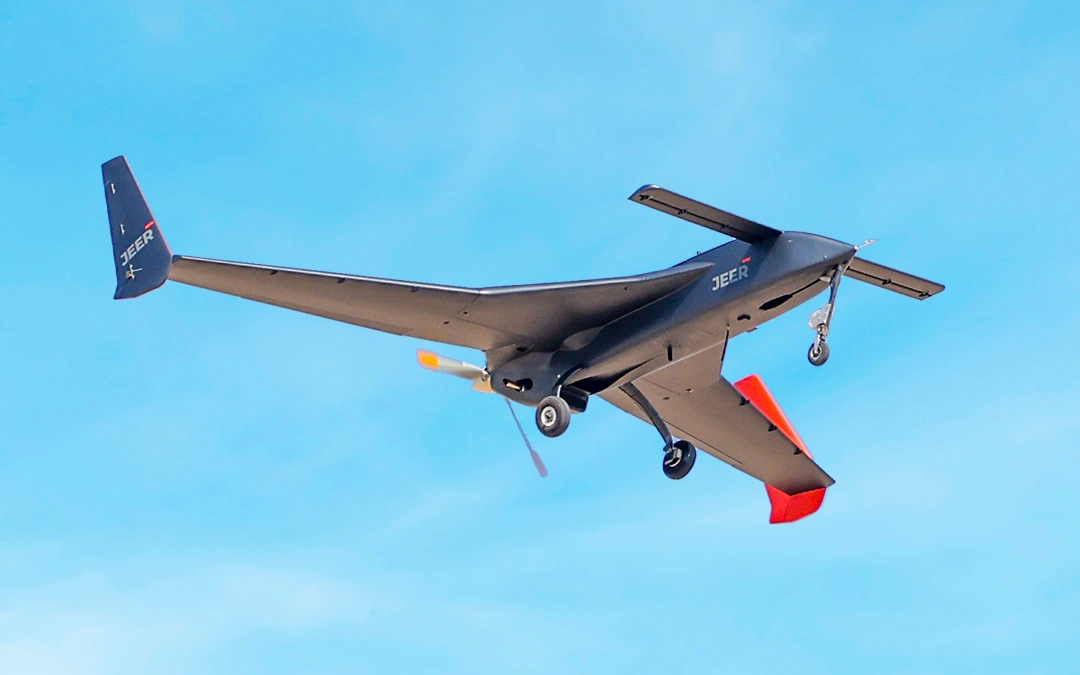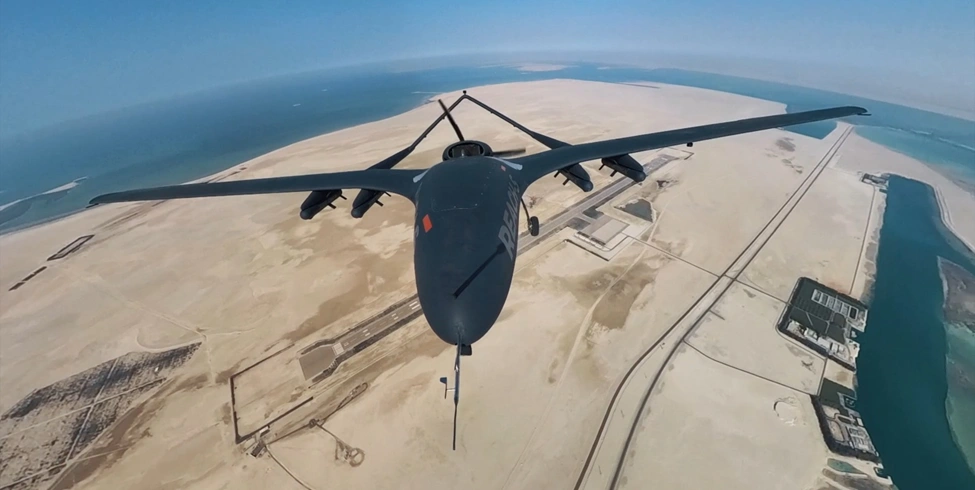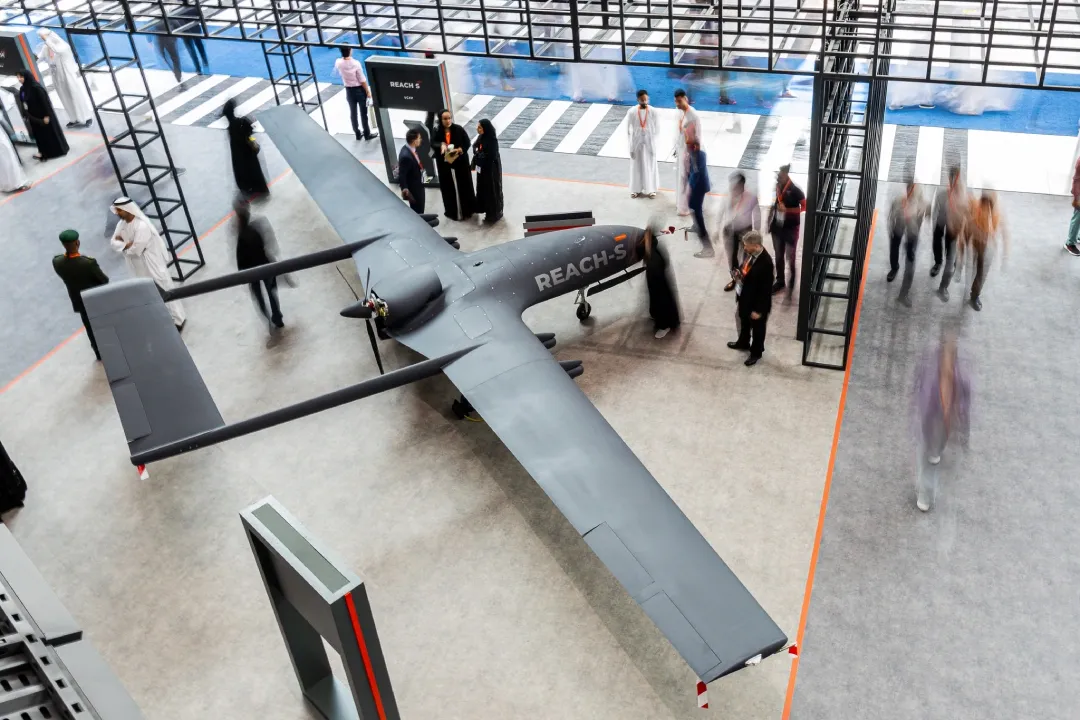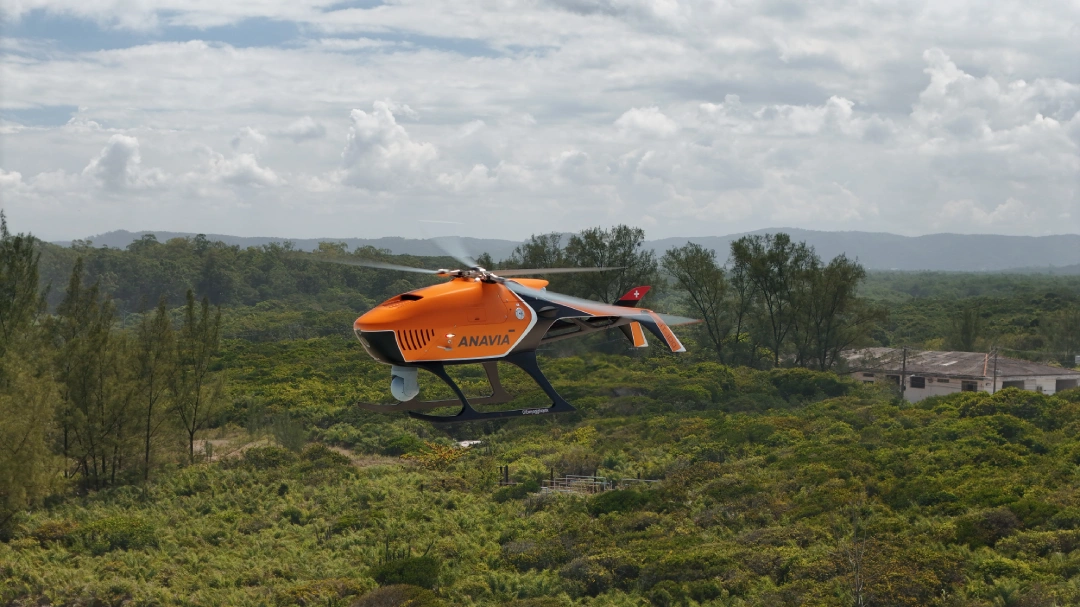
Autonomy has become the decisive frontier in air power. By 2030, the global autonomous aircraft market is projected to triple to more than $22 billion (Fortune Business Insights), primarily driven by advances in AI-enabled mission systems, the demand for cost-effective operations, and the need for force protection while reducing pilot risk in contested environments. For defence leaders, the question is no longer if autonomy will redefine air superiority, but how quickly their forces can adapt to stay ahead.

Operational advantage
Autonomous air capabilities are revolutionising missions across multiple areas in defence by providing operational advantages, improved safety, and scalable, cost-effective solutions. These systems deliver real-time situational awareness in extended intelligence, surveillance, and reconnaissance (ISR) missions, enabling faster and more precise responses across multiple operational scenarios.
By reducing reliance on human pilots in contested or high-stress environments, risks to personnel are significantly reduced while maintaining operational efficiency.
At the same time, autonomous platforms offer scalability and cost-efficiency. They require fewer trained pilots and crew to achieve comparable mission outcomes, cutting operational costs and allowing rapid adaptation to evolving requirements.
Collectively, these advantages position autonomous air capabilities as critical force multipliers, empowering defence leaders to enhance operational readiness, optimise resource deployment, and maintain decision superiority.

Our role in shaping the future
At EDGE, we are dedicated to bringing breakthrough innovations, products, and services to market with greater speed and efficiency. Our HT-100 delivers heavy-lift vertical take-off and landing (VTOL) capabilities, extending reach for ISR, logistics, search and rescue, and infrastructure inspection missions without the reliance on traditional runways and infrastructure. With fully autonomous take-off and landing capabilities, advanced dual inter-meshing Flettner rotors, and a payload capacity of 60 kg, it reduces risk to personnel by taking on missions in demanding or high-threat environments. Engineered with Swiss precision, it adapts seamlessly to serve the evolving needs of military units, naval forces, coast guards, and civil offshore operators.

The REACH-S is another example of how EDGE aligns innovation with the imperatives of air superiority. The fixed-wing, medium-altitude, long-endurance (MALE) platform combines cost-effective endurance with round-the-clock ISR and precision strike capabilities. With fully autonomous flight, extended endurance, and multi-mission payloads, it enhances operational flexibility and reduces the need for additional assets.
Similarly, JEER demonstrates how autonomy at the tactical level reinforces these same imperatives. The compact MALE unmanned aerial vehicle (UAV) balances endurance and agility for tactical ISR and precision ground attack operations, giving commanders flexibility in contested environments. These platforms embody the operational imperatives of decision superiority, force protection, and scalable readiness. Each delivers distinct advantages across the battlespace, ensuring EDGE’s autonomous portfolio secures the decisive edge in future air dominance.
Related News from Aerospace